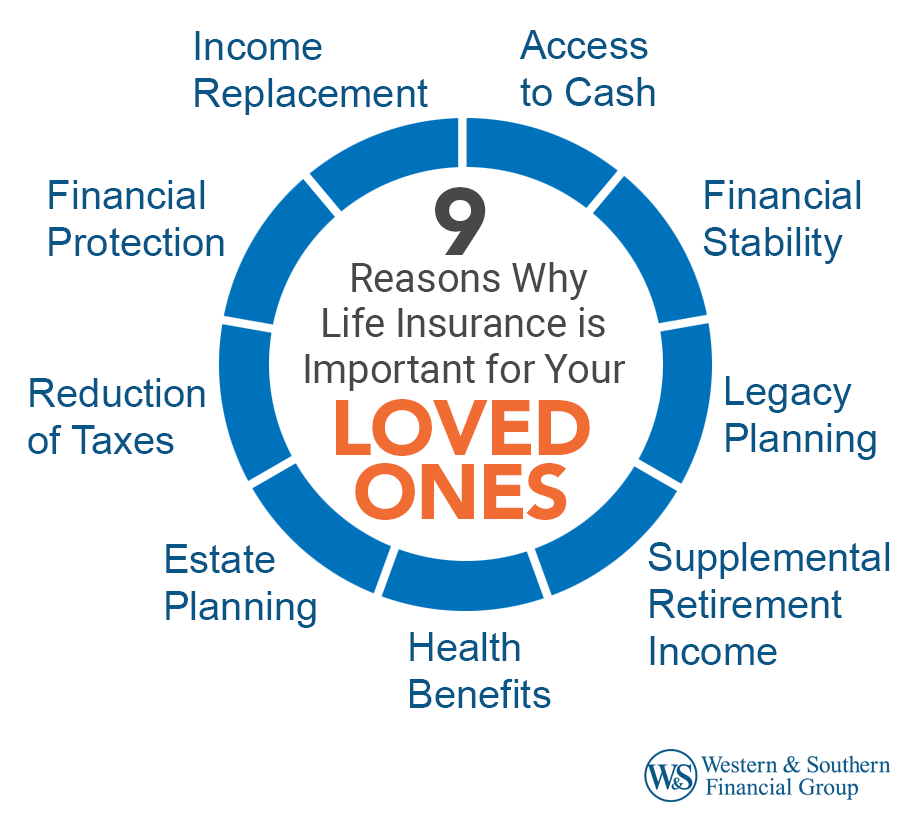Not known Facts About Pacific Prime
Not known Facts About Pacific Prime
Blog Article
The Facts About Pacific Prime Revealed
Table of ContentsPacific Prime Fundamentals ExplainedTop Guidelines Of Pacific PrimeEverything about Pacific PrimeThe smart Trick of Pacific Prime That Nobody is Talking AboutThings about Pacific Prime

This is since the information were accumulated for a period of solid economic performance. Of the approximated 42 million individuals who were without insurance, just about regarding 420,000 (about 1 percent) were under 65 years of age, the age at which most Americans end up being qualified for Medicare; 32 million were adults in between ages 18 and 65, around 19 percent of all adults in this age group; and 10 million were youngsters under 18 years old, about 13.9 percent of all kids (Mills, 2000).
These price quotes of the number of persons without insurance are created from the yearly March Supplement to the Present Population Study (CPS), performed by the Census Bureau. Unless or else kept in mind, national quotes of people without health and wellness insurance policy and percentages of the population with different kinds of coverage are based on the CPS, one of the most commonly made use of resource of estimates of insurance policy coverage and uninsurance rates.
Pacific Prime - An Overview

Still, the CPS is particularly valuable because it generates yearly estimates relatively quickly, reporting the previous year's insurance coverage estimates each September, and since it is the basis for a consistent set of price quotes for even more than twenty years, enabling evaluation of fads in protection in time. For these reasons, in addition to the substantial usage of the CPS in various other studies of insurance coverage that are offered in this report, we rely on CPS price quotes, with constraints kept in mind.

The price quote of the number of without insurance people increases when a populace's insurance policy status is tracked for a number of years. Over a three-year period beginning early in 1993, 72 million people, 29 percent of the united state population, were without insurance coverage for at the very least one month. Within a single year (1994 ), 53 million individuals experienced at the very least a month without insurance coverage (Bennefield, 1998a)
Six out of every 10 uninsured grownups are themselves employed. Although working does enhance the probability that and one's family participants will certainly have insurance coverage, it is additional resources not a warranty. Even members of families with two full time breadwinner have virtually a one-in-ten chance of being uninsured (9.1 percent uninsured price) (Hoffman and Pohl, 2000).
The Pacific Prime Ideas
New immigrants represent a substantial percentage of individuals without health insurance. One evaluation has attributed a significant section of the current growth in the size of the U.S. uninsured populace to immigrants that got here in the country between 1994 and 1998 (Camarota and Edwards, 2000). Recent immigrants (those who pertained to the United States within the previous 4 years) do have a high rate of being uninsured (46 percent), but they and their children account for simply 6 percent of those without insurance policy across the country (Holahan et al., 2001).
The partnership in between wellness insurance and access to care is well established, as documented later on in this phase. Although the partnership in between wellness insurance and health outcomes is neither straight nor straightforward, an extensive scientific and health services research study literature web links health and wellness insurance policy protection to better access to care, far better quality, and boosted individual and populace health and wellness status.
Degrees of evaluation for checking out the effects of uninsurance. This conversation of medical insurance coverage focuses largely on the U.S. populace under age 65 due to the fact that practically all Americans 65 and older have Medicare or various other public insurance coverage. It concentrates specifically on those without any wellness insurance for any kind of size of time.
How Pacific Prime can Save You Time, Stress, and Money.
The issues dealt with by the underinsured are in some respects similar to those dealt with by the without insurance, although they are typically less severe. Health insurance coverage, nonetheless, is neither essential neither enough to obtain accessibility to medical services. The independent and straight result of health and wellness insurance protection on access to health services is well established.
Others will certainly get the healthcare they need also without wellness insurance coverage, by spending for it expense or seeking it from companies that supply care free or at very subsidized prices. For still others, medical insurance alone does not make certain invoice of treatment as a result of various other nonfinancial obstacles, such as a lack of health and wellness care companies in their area, restricted accessibility to transport, illiteracy, or etymological and cultural distinctions.
Pacific Prime Things To Know Before You Get This
Formal study regarding uninsured populaces in the USA dates to the late 1920s and early 1930s when the Committee on the Cost of Treatment generated a series of reports concerning financing doctor office sees and hospital stays. This concern ended up being salient as the numbers of medically indigent climbed up throughout the Great Depression.
Report this page